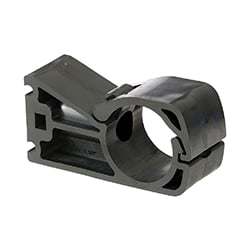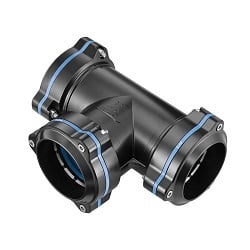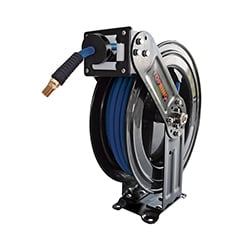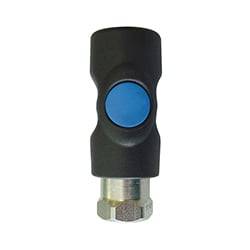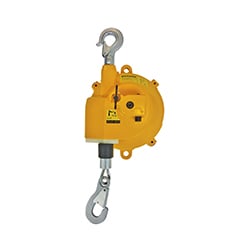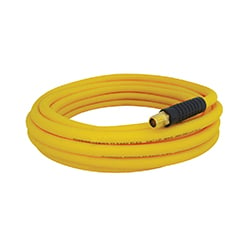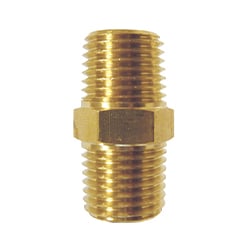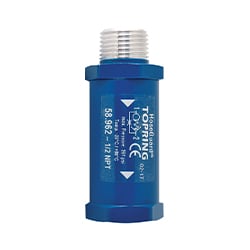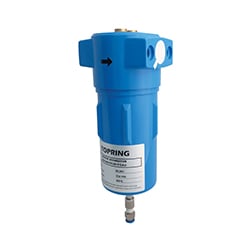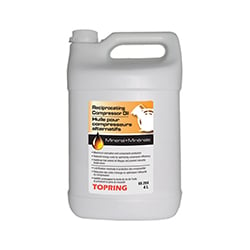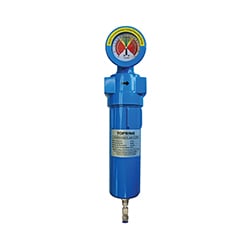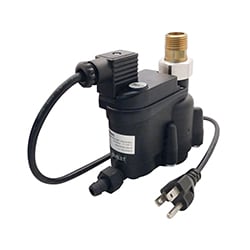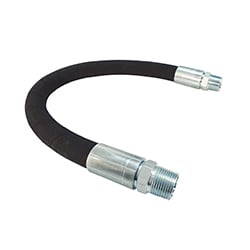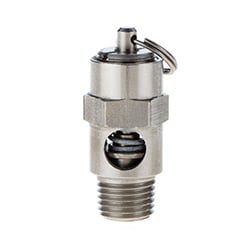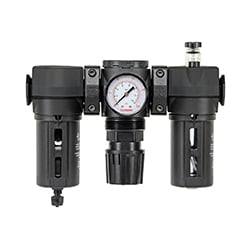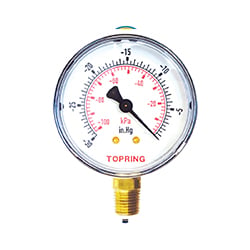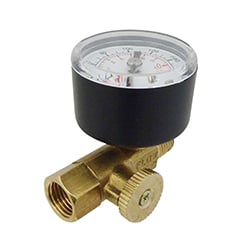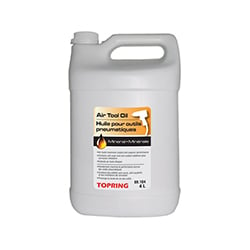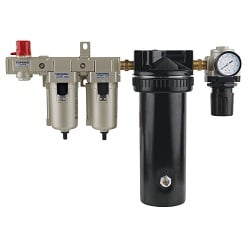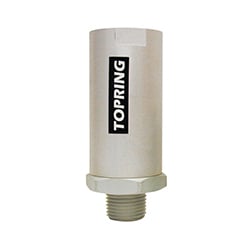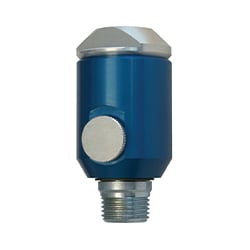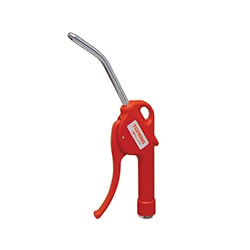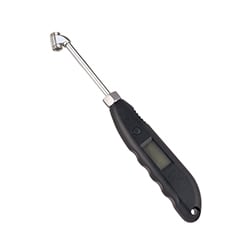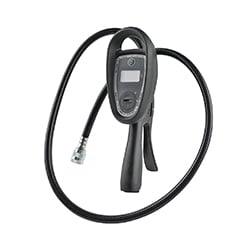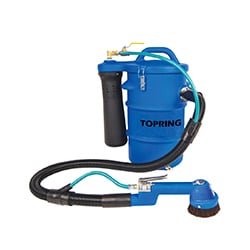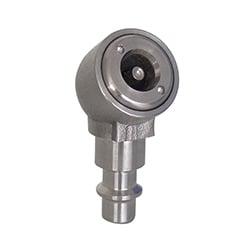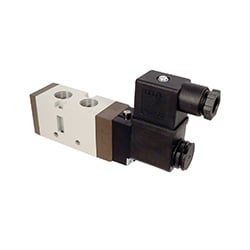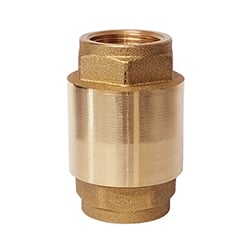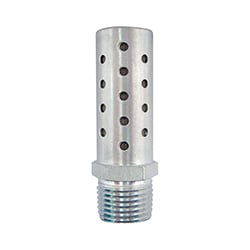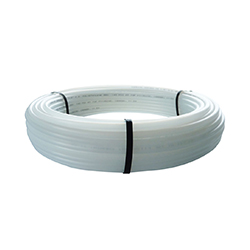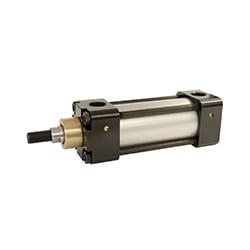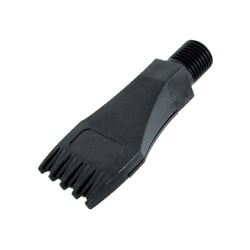Condensate drains play a very important role in the compressed air system. They collect and remove any condensate that accumulates along the air system as the air cools. There are three types of drains: zero air loss drains, programmable drains, and mechanical drains. In this article, we will outline the key features of each type of drain so that you can decide which one to prioritize based on your needs. And do not hesitate to combine the different types to suit your specific needs.
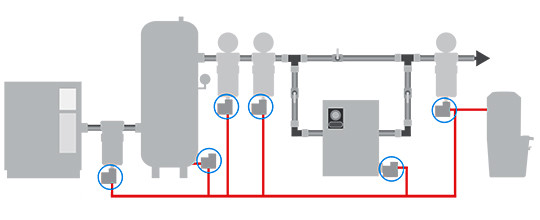
There are three types of condensate drains:
In this article, we present you with the key elements to remember for each type of condensate drain to help you make an informed choice. Don't hesitate to combine the different types according to your needs.The zero air loss drain: the most energy efficient
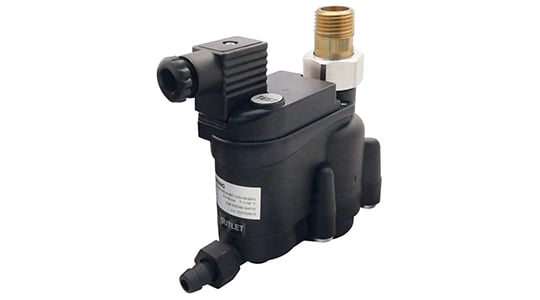
Once the draining operation is completed, the zero air loss drain valve closes automatically without releasing any air.
Key features and benefits:
- Energy savings due to no air loss
- No programming required for purge time and interval
- Automatic detection: no risk of programming errors
- Integrated filter to collect contaminants
- Easy cleaning and maintenance
Zero air loss automatic drains have the lowest operating cost as they do not allow air to escape during the draining process. A power supply is required to operate, however, their mechanism is automatic and requires no human intervention. A sensor triggers the automatic drain when a predefined level of condensate is reached. The valve then closes without discharging any air. Because it is automatic, this type of system is the safest.
Why zero air loss drains are the most economical
We have conducted tests to demonstrate the energy and cost savings possible when using a zero air loss drain in continuous (24-hour) operation.
| Total savings with a zero air loss drain | ||||||
| Compressor Capacity | 25 HP | 50 HP | 100 HP | 250 HP | 500 HP | 1 000 HP |
| Energy savings | 5 000 kWh | 10 000 kWh | 20 000 kWh | 50 000 kWh | 100 000 kWh | 200 000 kWh |
| Monetary savings | 250 $ | 500 $ | 1 000 $ | 2 500 $ | 5 000 $ | 10 000 $ |
Calculations based on an orifice equivalent to a standard 6.35 mm timer trap with a flow rate of 89.6 SCFM at 100 PSI (air) and a flow rate of 2852 l/h at 100 PSI (water). Hydro-Quebec rate, rate ''M'' 50-5000kW for $0.0503/kWh. Savings calculated over 10 years.
In wetter weather, the amount of condensate produced by the compressor is high. This increases the amount of time and frequency of purging that is required. If you are using a programmable drain, you should set the timer to a time and interval sufficient to allow for complete drainage of the condensate.
Conversely, in drier weather, the amount of condensate produced by the compressor is less. To avoid wasting energy by opening the trap for an extended period of time when it is not needed, you should adjust the trap timer according to the humidity level.
Non-lossy traps do all the work for you: they continuously adjust to ensure both system protection and energy savings.
To remember:
👉 Prioritize this type of trap to save energy. It is perfect in the compressor room. It does not waste compressed air and does not require any programming to operate.
The programmable drain: the most economical purchase
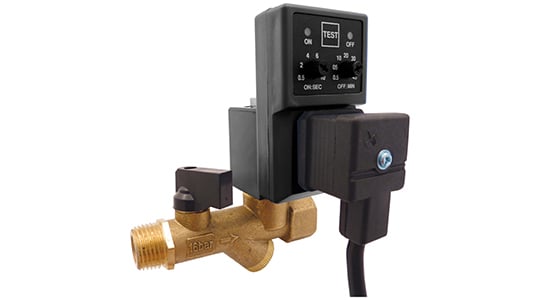
An accurate timer controls the frequency and duration of draining for the programmable drains.
Characteristics and key advantages:
- A timer that accurately controls the draining frequency and schedule
- Saves programming in memory settings even after disconnection or power outage
- Quick and easy installation
- Low maintenance
- Easy access to remove contaminants that may block the valve thanks to its ball valve strainer
Programmable automatic drains operate on a timer and require a power supply to be activated. Their unique feature is that you set the frequency and the drain time yourself. The valve then opens at predetermined intervals to drain the condensate.
To remember:
👉 Prioritize this type of trap when you're looking for an economical short-term solution. It is ideal for regular use in environments with relatively stable humidity levels.
The mechanical drain: The most versatile, no electrical power required
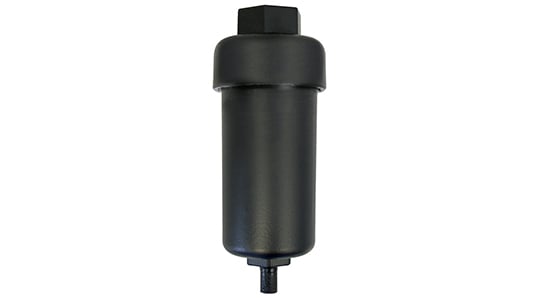
Characteristics and key advantages:
- No need for electricity, therefore easy to install
- Automatic condensate drainage
- High resistance to corrosion
Unlike other types of drains, mechanical drains require no electrical power source to operate which makes them easy to install. They automatically discharge condensate that accumulates in the compressed air system. And they are highly resistant to corrosion.
To remember:
👉 Prioritize this type of drain for downspouts where there is no power supply at hand. This is a trap with a simple mechanism. Its effectiveness has been proven for many years.


